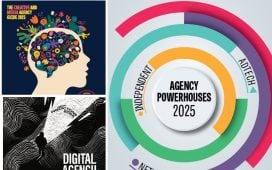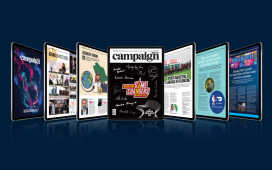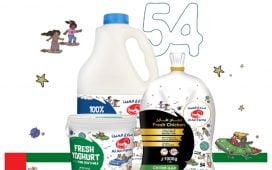Khaleej Times is the UAE’s oldest paper, so you might be forgiven for thinking it is also the country’s most old-fashioned. But with 30 per cent more web traffic than its nearest competition, according to monitoring firm Effective Measure, its management say it is the most popular news website among the population.
It must still evolve, though, says Ravi Raman, the newspaper’s newly appointed senior vice-president.
Following a series of redundancies at Khaleej Times last November, Raman was brought in this April with a four-part remit. Raman, who was vice-president of Bloomberg Business Week Middle East for three years before taking up the Khaleej Times role, has been tasked with la
To continue reading this article you need to be registered with Campaign. Registration is free and only takes a minute. Register Now or sign in below if you already have an account.









